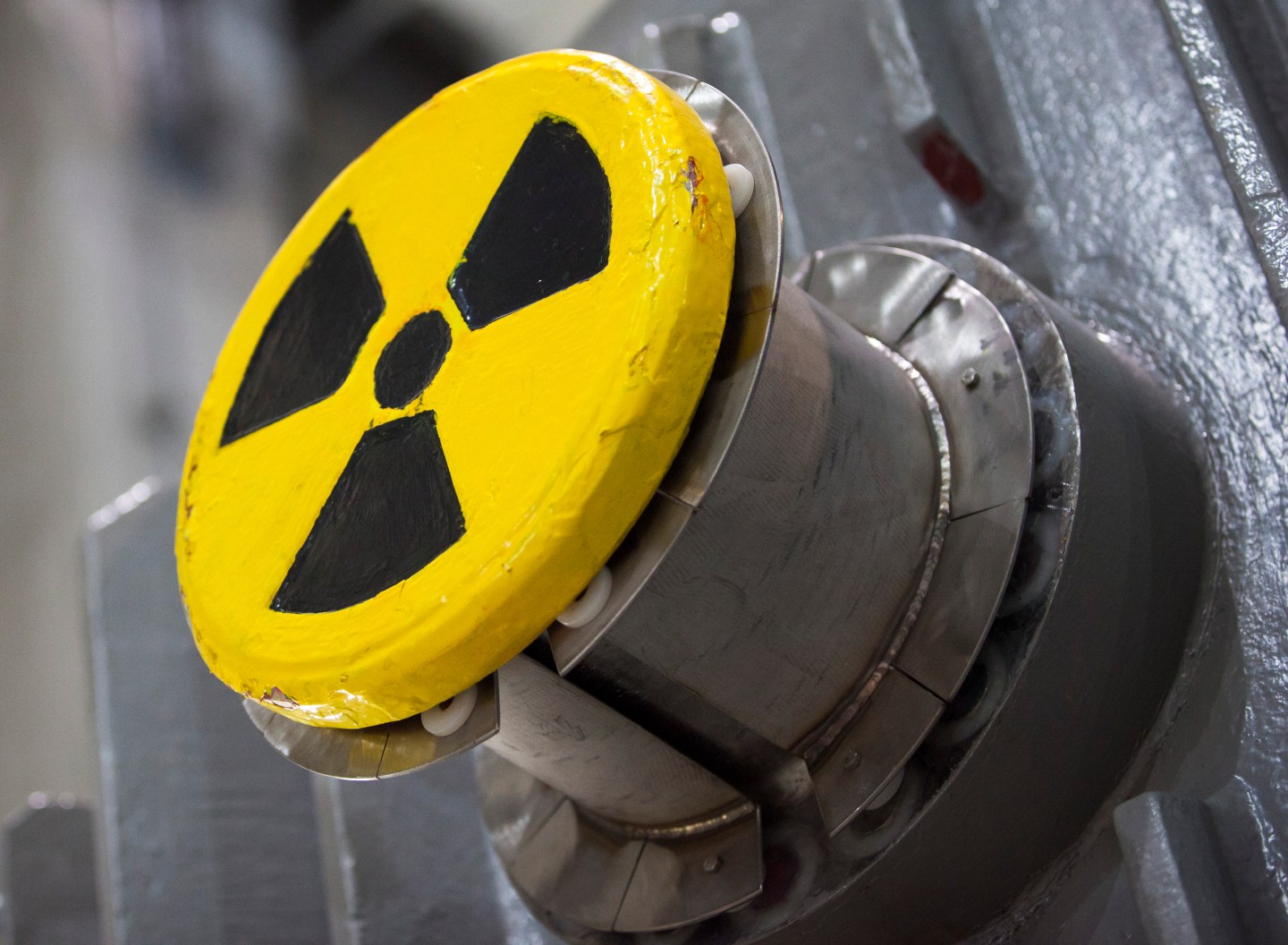Idaho State University is being fined $8,500 by the U.S. Nuclear Regulatory Commission for misplacing a gram of weapons-grade nuclear material.
“The NRC has very rigorous controls for the use and storage of radioactive materials as evidenced by this enforcement action,” the agency’s spokesperson Victor Dricks told the Associated Press, saying the missing amount wasn’t enough to make a nuclear weapon but could be used to make a dirty bomb or spread contamination.
The school works with U.S. Department of Energy’s Idaho National Laboratory, and in general the university has “a good record with the NRC,” according to Dricks.
The university reported the small amount of plutonium 239, “about the size of a U.S. quarter,” according to the AP, missing in October 2017. While doing an inventory check, a university employee discovered that only 13 of 14 small samples of the material could be accounted for. The last documentation of the missing plutonium sample is from 2003 and 2004 when it was set to be disposed. However, it’s unclear if it was disposed.
“Unfortunately, because there was a lack of sufficient historical records to demonstrate the disposal pathway employed in 2003, the source in question had to be listed as missing,” Dr. Cornelis Van der Schyf, the university’s vice president of research, told the AP. “The radioactive source in question poses no direct health issue or risk to public safety.”












